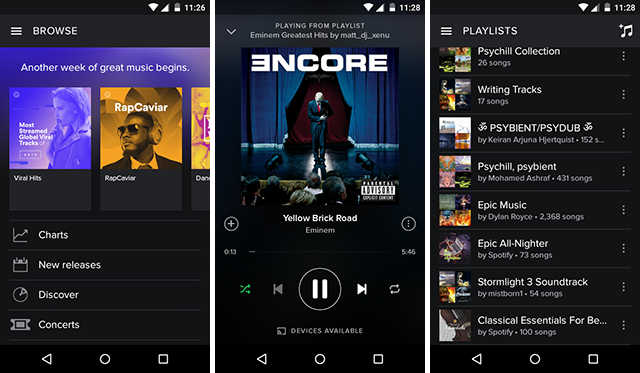

We continued to work with these teams throughout the project through jam sessions, sprints, and monthly meetings to share updates. This design sprint allowed the teams to explore different ideas quickly, avoid working in silos, and design a more unified direction of solutions.

But this work was just the beginning because, while we had decided on an approach to remove listening friction, we also had to optimize for sign-ups and Premium subscriptions.

The analysis of the user tests informed the new direction for : an experience that would give people immediate audio access by landing them on the web player. These early discussions were crucial in establishing our vision with them to show that we were solving for user and business needs simultaneously.Īfter deciding on which concepts were most promising, we created prototypes that would allow us to get feedback from users. The sprint participants then worked together to narrow down ideas based on user impact, feasibility, and teams’ business goals. Some ideas explored removing unnecessary steps, making the web player easier to access, or featuring playable content on the homepage. The goal was to share research, agree on a vision, and find better ways to collaborate going forward.Īfter reviewing insights, competitors, and the user journey for each persona, we brainstormed ways to simplify the paths to listening through exercises, like “ How Might We” and “ Crazy 8s”. The initial design sprint laid the groundwork for getting everyone on the same page about improving the site. These user personas also guided the series of design sprints that followed, in which we invited members of a variety of disciplines - product designers, a UX writer, a product manager, an engineer, and a user researcher - from other web teams that work on.

We developed user personas to uncover and prioritize opportunities so that we could begin exploring how to create the optimal experience for both new and existing users. So before we could set up an experimentation framework in order to test designs for a new homepage experience reliably, we had to invest in modernizing the tech.Īfter the user researcher gathered insights through surveys and web analytics to help frame our thinking, the next step was to define our most common site visitors, their primary user goals, andthe problems that got in the way of reaching them. Because the website had existed for a number of years, previous teams who were already preoccupied with site maintenance and bug fixing didn’t have time for design improvements.


 0 kommentar(er)
0 kommentar(er)
